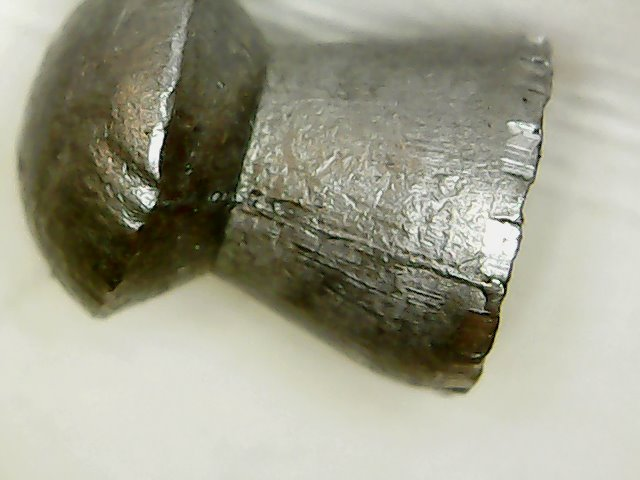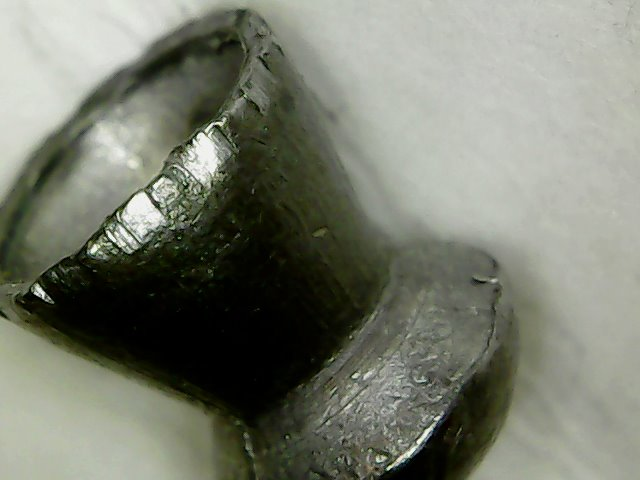I cant copy and paste Al's pic so heres a link, its the AGF on a thread called barrel polishing with solvo or something like that 
https://www./community/index.php?att...dr-jpg.122248/
Chris
Last edited by 32:1; 22-06-2018 at 06:42 AM.
bigtoe, Harry, hydroclamp, jpsnorton, gayle89, mark410, Stu83, smallholder1, wellhouse0, readingcop, sir-slots-alot, danco1987, Stevenb, DarylDiane, simpleSimon, Ratinator, Milek, Josh, Maxtich, Woodsie99, Ozzie, master_shriller, niloc, Drake267, deejayuu, shootingstars






 Reply With Quote
Reply With Quote






